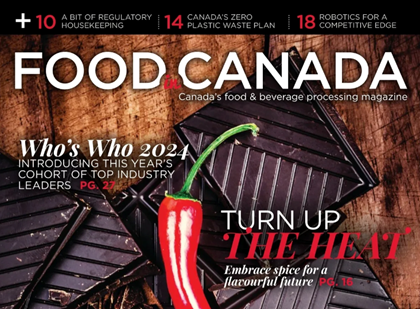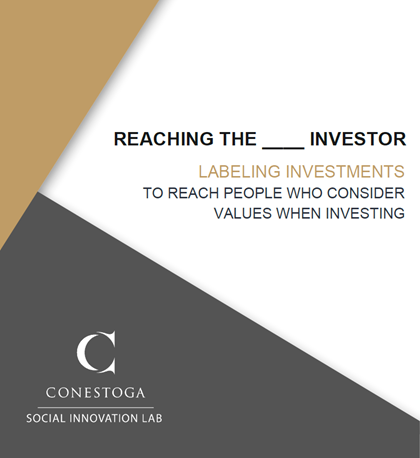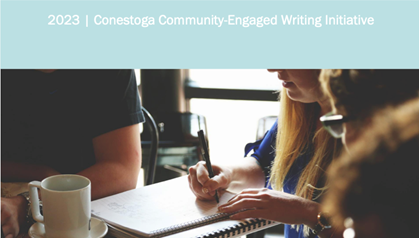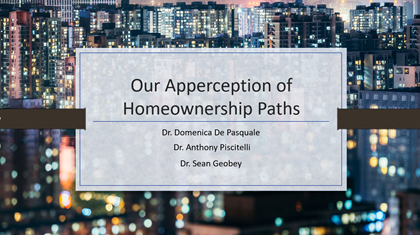Archive
-
2024
-
2023
-
2022
-
2021
-
2020
-
2019
-
2018
-
2016
-
2013
Category
Food in Canada: Collaborating and supporting Canada's Zero Plastic Waste Plan
In the past several years, there have been numerous Canadian government initiatives to address plastic waste. The Canadian Council of Ministers of the Environment (CCME) put forward a Canada-wide Strategy and Action Plan on Zero Plastic Waste in 2018 and 2019 that takes a circular economy approach to plastics. This plan was adopted by federal, provincial, and territorial governments. Keeping all plastics in the economy and out of the environment will involve activities such as prevention, collection, clean-up, and value recovery.
Reaching the __ investor
Investment strategies and offerings reflecting investor values are increasingly prevalent, but the language used to describe this approach to investment varies widely - with terms such as ethical investing, responsible investing, impact investing, ESG investing, sustainable investing, and others appearing in promotional materials and the academic literature.
Principles and Best Practices for Community-Engaged Writing at Conestoga
This document describes principles and best practices for conducting community-engaged writing projects at Conestoga. It provides resources for faculty, students, and partners involved in curricular and co-curricular community-engaged writing activities.
Our Apperception of Homeownership Paths
A survey of Ontarians was conducted to deepen understanding of the perceived barriers Canadians face to entering the housing market.
Development of Gerontological Learning Objectives to Enhance Nursing Educational Curricula
The project team drafted a comprehensive list of nursing student learning objectives based on the 2020 Canadian Gerontological Nursing Association Standards of Practice and Competencies and included relevant supportive references. Subsequently, 20 gerontological nurse experts reviewed the learning objectives through a modified Delphi process via online Qualtrics surveys (two rounds).






